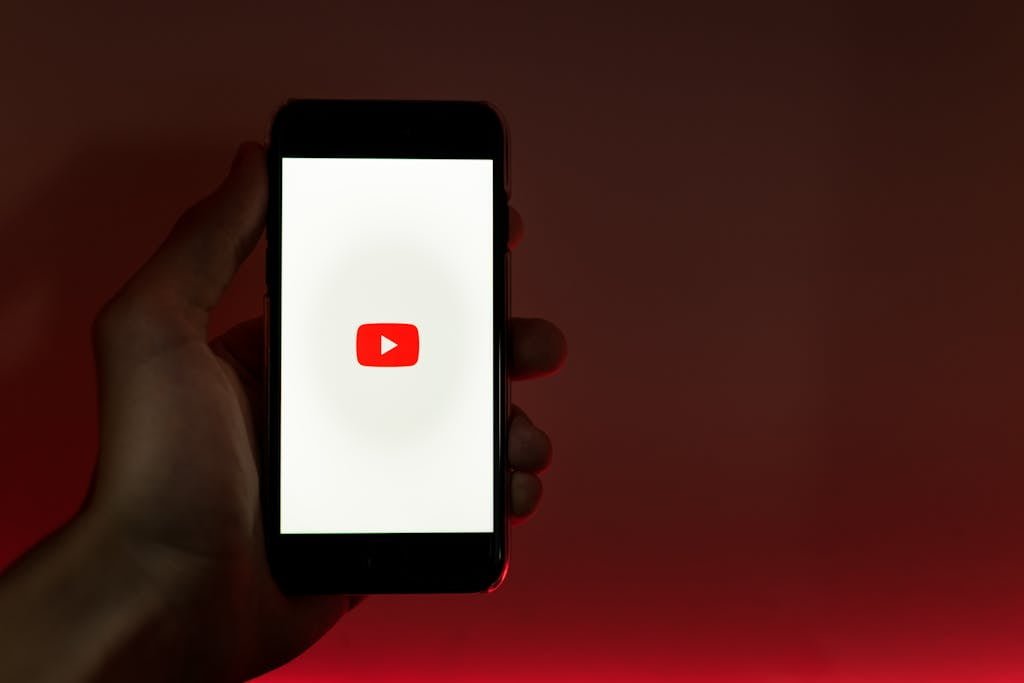In the world of business-to-business (B2B) sales, success hinges on the ability to identify and capitalize on sales triggers.
These triggers are the key events or circumstances that prompt a potential customer to engage with a salesperson and ultimately make a purchase.
Understanding and leveraging these triggers can significantly enhance your sales effectiveness and drive revenue growth.
In this comprehensive guide, we will delve into the concept of B2B sales triggers, explore various types of triggers, and provide actionable strategies to leverage them effectively.
Whether you are a seasoned sales professional or just starting your B2B sales journey, this article will equip you with the knowledge and tools to excel in the competitive world of B2B selling.
Table of Contents
ToggleUnderstanding B2B Sales Triggers
What Are B2B Sales Triggers?
B2B sales triggers are specific events, circumstances, or indicators that create opportunities for sales professionals to engage with potential customers.
These triggers can vary widely across industries and organizations but generally revolve around key business activities such as:
- Expansion
- Mergers and acquisitions
- New product launches
- Leadership changes
- Regulatory changes
- Market trends
Why Are B2B Sales Triggers Important?
Identifying and leveraging B2B sales triggers is crucial for sales success.
By understanding when and why potential customers are more likely to make purchasing decisions, sales professionals can:
- Tailor their approach
- Offer relevant solutions
- Position themselves as trusted advisors
This not only increases the chances of closing a sale but also helps build long-term customer relationships and drive customer loyalty.
Types of B2B Sales Triggers
External Triggers
External triggers are events or circumstances that occur outside of the customer’s organization but have a direct impact on their business.
These triggers can include:
- Industry trends
- Economic changes
- Regulatory updates
- Technological advancements
- Competitive activities
By staying informed about external triggers, sales professionals can proactively identify opportunities and position their offerings as solutions to address the customer’s evolving needs.
Internal Triggers
Internal triggers, on the other hand, are events or circumstances that occur within the customer’s organization.
These triggers can include:
- Leadership changes
- Budget allocations
- Strategic initiatives
- Operational challenges
- Performance gaps
By understanding internal triggers, sales professionals can align their offerings with the customer’s specific goals and challenges, demonstrating how their solutions can drive tangible results and improve the customer’s business outcomes.
Identifying B2B Sales Triggers
Market Research and Analysis
Effective identification of B2B sales triggers begins with thorough market research and analysis.
Sales professionals can use the following methods to gather valuable insights:
- Study industry trends
- Analyze market dynamics
- Conduct competitor analysis
- Utilize industry reports
- Conduct market surveys
- Engage in social listening
Customer Engagement and Relationship Building
Building strong relationships with customers is another key aspect of identifying B2B sales triggers.
Sales professionals can:
- Engage in meaningful conversations
- Actively listen to customer needs
- Maintain regular communication
- Seek feedback and insights
- Attend industry events and conferences
This customer-centric approach enables sales professionals to identify triggers and position their offerings as solutions that address the customer’s specific needs.
Leveraging B2B Sales Triggers
Tailoring Your Sales Approach
Once you have identified the relevant B2B sales triggers, it is crucial to tailor your sales approach accordingly.
Here are some strategies to consider:
- Personalization: Customize your sales pitch and messaging via cold email, LinkedIn, or cold DMs to align with the specific trigger and its impact on the customer’s business. Show that you understand their unique challenges and offer tailored solutions.
- Relevance: Highlight how your product or service directly addresses the trigger and provides value to the customer. Emphasize the benefits and outcomes they can expect by choosing your offering.
- Timing: Time your sales outreach strategically to coincide with the occurrence or aftermath of the trigger. Be proactive in reaching out to potential customers during these critical moments.
Offering Solutions and Value Propositions
When leveraging B2B sales triggers, it is essential to position your offerings as solutions that address the customer’s needs and provide value.
Consider the following strategies:
- Problem-solving: Clearly articulate how your product or service solves the challenges associated with the trigger. Demonstrate how it can streamline processes, increase efficiency, or drive cost savings.
- ROI and Business Impact: Quantify the potential return on investment (ROI) and the overall business impact your offering can deliver. Use case studies, testimonials, and data-driven evidence to support your claims.
- Differentiation: Highlight what sets your offering apart from competitors in the market. Showcase unique features, proprietary technology, or industry recognition to establish credibility and stand out.
Building Trust and Credibility
To effectively leverage B2B sales triggers, it is crucial to build trust and credibility with potential customers.
Consider the following strategies:
- Thought Leadership: Establish yourself as a trusted advisor by sharing valuable insights, industry trends, and best practices. Publish thought leadership content, such as articles, blog posts, or whitepapers, to demonstrate your expertise.
- Customer Success Stories: Share success stories and testimonials from satisfied customers who have benefited from your offering. Highlight specific results and outcomes to showcase your track record of delivering value.
- Partnerships and Alliances: Highlight any strategic partnerships or alliances that enhance the credibility and reliability of your offering. Collaborations with well-known brands or industry leaders can instill confidence in potential customers.
FAQ (Frequently Asked Questions)
What are some common B2B sales triggers?
Common B2B sales triggers can include:
- Industry regulatory changes
- New product launches by competitors
- Leadership changes within the customer’s organization
- Expansion or relocation plans
- Budget allocations for specific initiatives
How can I identify B2B sales triggers for my target market?
To identify B2B sales triggers for your target market, consider:
- Conducting market research and analysis
- Monitoring industry trends and news
- Engaging in customer conversations and feedback
- Attending industry events and conferences
What strategies can I use to leverage B2B sales triggers effectively?
To leverage B2B sales triggers effectively, consider:
- Tailoring your sales approach to align with the specific trigger
- Offering solutions that address the customer’s needs and provide value
- Building trust and credibility through thought leadership and customer success stories
Are there any tools or technologies available to assist with B2B sales trigger identification?
Yes, there are various tools and technologies available to assist with B2B sales trigger identification, such as:
- Social listening tools
- Market research platforms
- CRM systems with trigger-based alerts
- Competitive intelligence tools
Can you provide examples of successful B2B sales trigger utilization?
Here are a few examples of successful B2B sales trigger utilization:
- A software company leveraging a competitor’s product discontinuation to offer their own alternative solution.
- A consulting firm capitalizing on a leadership change within a potential customer’s organization to position their expertise and services.
- A logistics provider identifying a customer’s expansion plans and tailoring their offering to meet the increased demand.
Remember, successful B2B sales trigger utilization requires a deep understanding of the customer’s needs, effective communication, and a proactive approach to sales.
Conclusion
In the fast-paced world of B2B sales, understanding and leveraging sales triggers is a game-changer.
By identifying and capitalizing on these triggers, sales professionals can position themselves as trusted advisors, offer tailored solutions, and drive revenue growth.
Remember to conduct thorough market research, build strong customer relationships, and tailor your sales approach to maximize the impact of B2B sales triggers.
With the right strategies and a customer-centric mindset, you can unlock the secrets to successful B2B selling and achieve long-term sales success.







